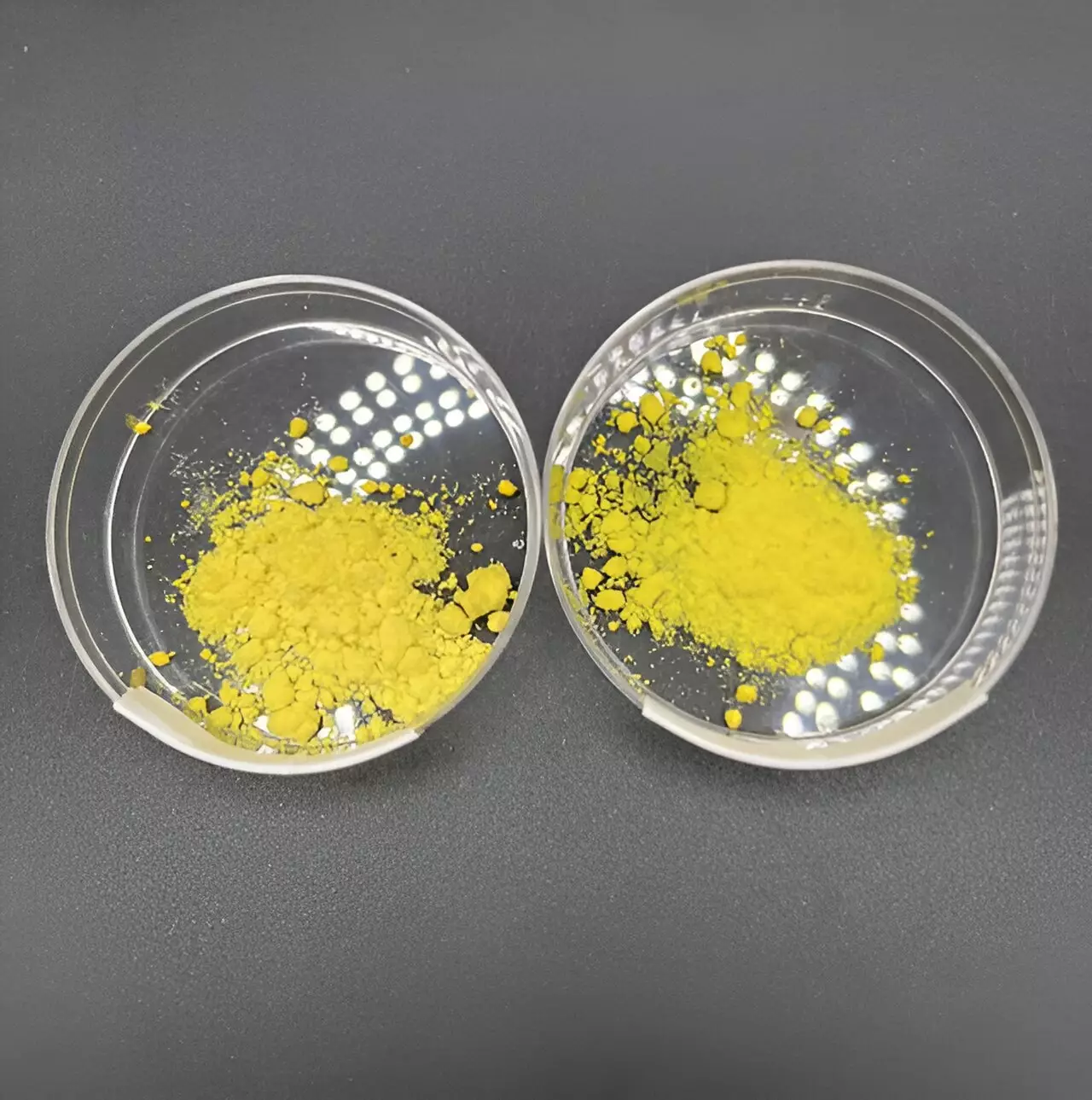In recent years, the rise of trendy cafes has brought about the emergence of “golden” turmeric milk on menus. This beverage, touted as a caffeine-free, healthy alternative to coffee, is actually a modernized version of haldi doodh, a traditional Indian drink known for its cold-fighting properties. However, researchers have now developed a more efficient method for creating a plant-based, instant version of golden milk that not only retains the beneficial properties of its ingredients but also extends its shelf life. This breakthrough was recently presented at the fall meeting of the American Chemical Society.
The Science Behind Golden Milk
Golden milk, also known as golden or turmeric latte, typically consists of milk, turmeric, and spices, making it a popular choice for individuals looking to steer clear of caffeine or seeking a unique flavor experience. One of the key components of turmeric is curcumin, a bioactive compound known for its potential anti-inflammatory and antioxidant effects. The challenge lies in effectively extracting curcumin from turmeric due to its complex structure and susceptibility to degradation over time.
Inspired by the concept of golden milk, researchers set out to explore a novel approach to extract and store curcumin within plant-based milk. By adding turmeric powder to an alkaline solution with a high pH, curcumin became more soluble and easier to extract. The resulting deep red solution was then introduced to soy milk, transforming it into a vibrant yellow hue. Through a series of pH adjustments and freeze-drying, the team successfully created an instant golden milk powder that encapsulated curcumin in oil droplets within the soy milk.
Enhanced Bioavailability and Shelf Stability
The innovative extraction method not only improves the efficiency of curcumin extraction but also enhances its bioavailability when consumed. By encapsulating curcumin in oil droplets, the compound is recognized as fat by the body, making it more digestible and likely to have a positive impact. Moreover, this encapsulation protects curcumin from air and water, extending its shelf life and maintaining its potency over time.
While the current study focused on soy milk due to its high amino acid content, the researchers believe that this method can be adapted to other plant-based milk alternatives. Additionally, the pH-driven extraction technique could be utilized for extracting other beneficial compounds from fruits and vegetables, such as anthocyanins found in blueberries. The team envisions a future where food waste from farming can be minimized, and nutritional value can be maximized through innovative extraction methods.
Conclusion: Transforming Tradition into Innovation
This groundbreaking research not only enhances our understanding of the chemistry behind everyday beverages but also has the potential to revolutionize the nutritional value and convenience of popular drinks like golden milk. By bridging the gap between traditional remedies and modern science, researchers have unlocked a new realm of possibilities for enhancing the health benefits of plant-based beverages. As we continue to explore the untapped potential of natural ingredients, we pave the way for a future where innovation and tradition coexist harmoniously.


Leave a Reply